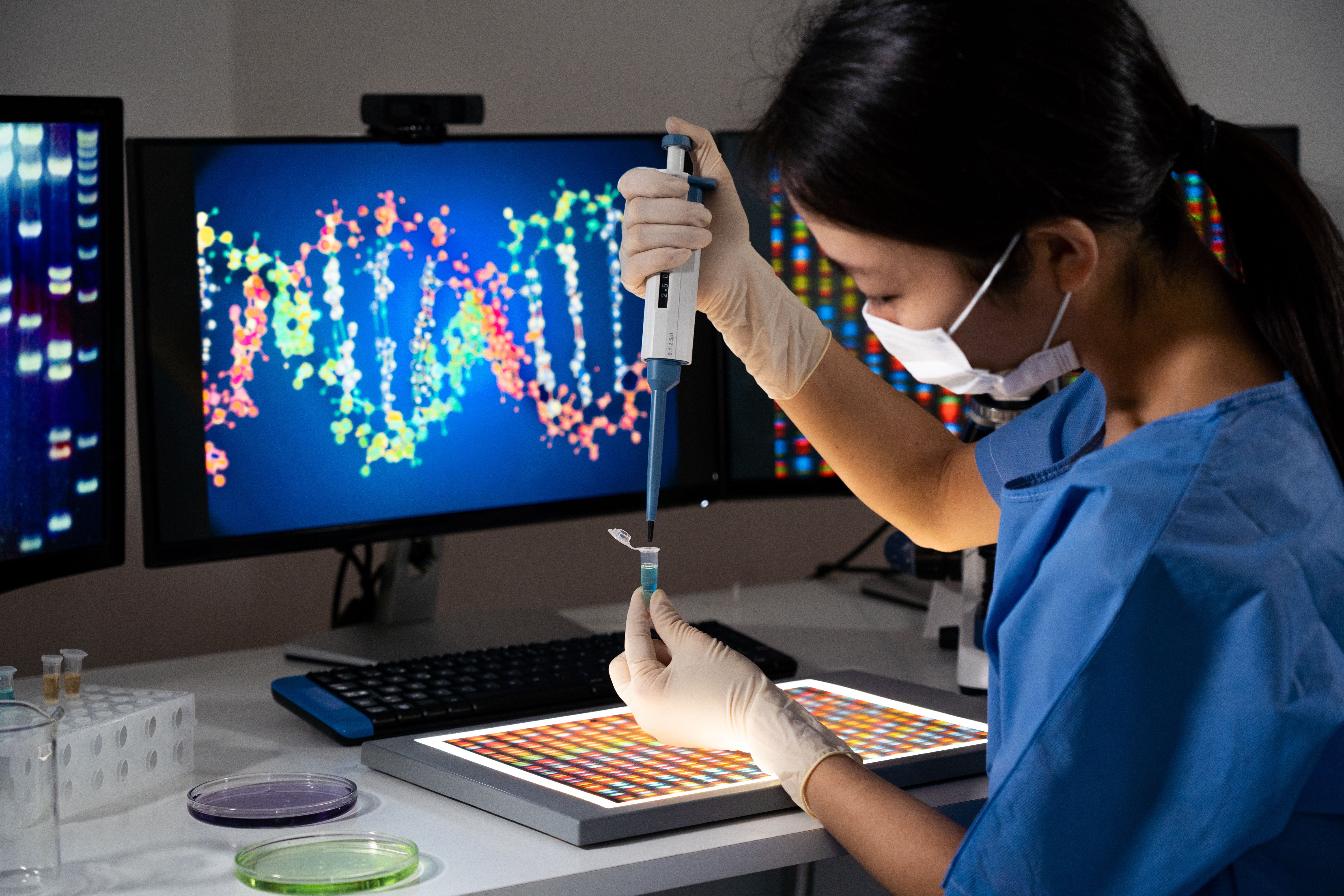A new 13-year study published in The New England Journal of Medicine confirmed that adeno-associated virus (AAV) gene therapy—a technique using a harmless virus to deliver a working gene into the liver—can lead to long-lasting production of factor IXthe clotting protein missing in people with hemophilia B. This reduces bleeding episodes and the need for regular infusions.
Hemophilia B is a rare genetic bleeding disorder caused by a mutation in the F9 gene, resulting in little or no production of factor IX.
In the U.S., about 7,000 individuals have hemophilia B, according to a study of Hemophilia Treatment Center (HTC) patients from 2012 to 2018, adjusted for those not receiving care at HTCs.
Research on gene therapy.

Overall, an estimated 29,761 to 32,985 males have hemophilia, with 76.5% having hemophilia A and 23.5% hemophilia B, affecting all racial and ethnic groups.
However, women are underrepresented in studies, making it difficult to estimate prevalence among females accurately.
The study shared that those with severe hemophilia B have less than 1% of normal factor IX activity, often experiencing spontaneous bleeding that can cause joint damage or life-threatening events.
The standard treatment typically involves lifelong infusions of factor IX concentrate—effective but expensive, invasive and time-consuming.
In 2014, researchers tested AAV gene therapy to deliver a working copy of the F9 gene directly into the liver, allowing the body to produce its own factor IX.
After a single intravenous dose, many patients stopped regular infusions and had fewer bleeding episodes.
In this study, 10 men were followed who received this treatment over 13 years.
The men with severe hemophilia B received a single dose of the experimental vector—scAAV2/8-LP1-hFIXco—that delivered the factor IX gene using a harmless virus.
Participants were divided into low, intermediate or high-dose groups based on viral particle count per kilogram of body weight. The therapy was administered intravenously.
Researchers monitored safety and effectiveness through lab tests, bleeding frequency, factor IX activity and factor IX concentrate usage post-treatment.
The study was conducted by teams at St. Jude Children’s Research Hospital and University College London and overseen by safety committees and independent monitors.
Over 13 years, the therapy showed a strong safety profile.
No participants developed antibodies against the therapy or serious liver issues.
It was found that two participants developed cancer, but doctors concluded these were likely unrelated to gene therapy.
In the high-dose group, factor IX levels remained steady at about 4.8 international units per deciliter (IU/dL), leading to a dramatic reduction in bleeding.
Before treatment, the median bleeding rate was 14 episodes per year; after, it dropped to about 1.5, a 9.7-fold reduction. In the high-dose group, bleeding dropped 16.4-fold.
In addition, seven of 10 participants no longer needed regular preventive treatment.
Factor IX concentrate use also dropped significantly—from a median 2,613 international units per kilogram per year (IU/kg/year) before treatment to 367 after, a 12.4-fold decrease.
For the high-dose group, usage dropped even more to 171 IU/kg/year, a 14.7-fold reduction.
One participant underwent a liver biopsy 10 years post-treatment, which showed a healthy liver with ongoing gene activity in some cells.
The study also found persistent, high levels of antibodies to the AAV virus lasting many years, which may limit the ability to repeat the treatment.
These findings highlight that AAV gene therapy is safe and effectively reduces bleeding and medication needs in hemophilia B patients in the long term.
The authors stressed the importance of continued monitoring to evaluate rare risks and called for further research on gene expression durability and overcoming immune system challenges, since AAV gene therapy may remain a one-time treatment for most patients.





